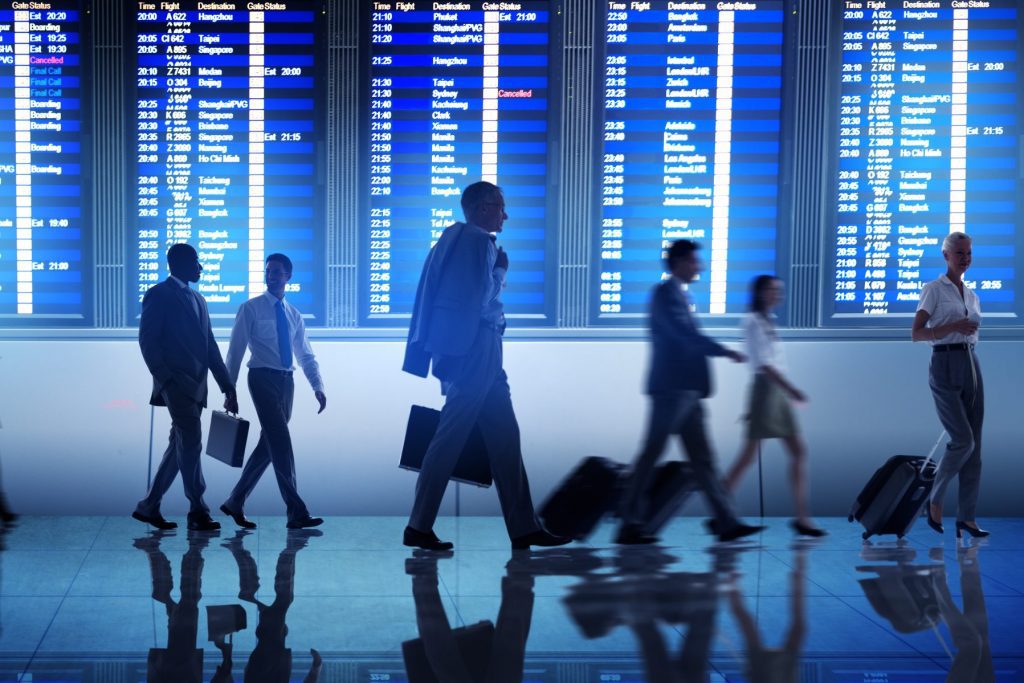
Skift Take
If employees were given a choice between receiving a gift voucher or a “Well done!” from their bosses during an incentive trip, which do you think they’d pick?
Incentive trips are making a comeback, according to FCM Meetings & Events India. The corporate travel firm noted a 30% jump in requests for them in the first quarter from a year earlier.
They’re also known as employee reward programs, and they’re big in India: Top-performing staffers get to go to a new destination, and the companies get a way to foster teams and motivate younger and mid-career employees. It’s business, but still a perk.
Manpreet Bindra, FCM Meetings & Events Leader, Asia, said both employers and employees prefer incentive trips to vouchers or cash-in-kind.
“The Indian business travel market has surpassed pre-pandemic levels and we do expect this segment to continue growing,” Bindra told Skift.
Business Travel Spending in India
The Global Business Travel Association projects that India will experience an 18% growth in business travel spending in 2024, reaching $38 billion. It also anticipates a full recovery to pre-2019 spending levels by 2025.
India is the ninth-largest market globally for business travel expenditure and the fourth-largest in the Asia Pacific region, representing 5.7% of business travel spending.
The global incentive travel market is expected to reach $217 billion by 2031, according to a report by Allied Market Research.
The rate of growth during this period is expected to be highest in the Asia Pacific.
South African Tourism during its recent roadshow in India spoke about how Indian corporates are one of the largest contributors to incentive travel in the country.
South African Tourism has kickstarted the third edition of its incentive travel initiative – Corporate Think Tank in India.
Nearly half of arrivals to India from South Africa were for meetings, incentives, conferences and exhibitions. Around a quarter of those MICE arrivals were for incentive trips.
When to Book and Where to Go?
FCM has managed incentive trips for Indian startups to large-scale enterprises in not just popular destinations like Thailand and Indonesia, but also emerging destinations like Vietnam.
“Companies are looking at destinations with both hotel and air seat capacity as well as the ease of visa procedures for incentive travel,” Bindra said. “The most popular destinations in Asia are Bangkok and Pattaya, Singapore, Ho Chi Minh, Kuala Lumpur, and Colombo although Hong Kong and Macau are starting to gain traction again due to the increased air seat capacity as well as tourism marketing initiatives.”
One of the biggest impediments to recovery of business travel has been a lack of airline capacity and competition, FCM Consulting had noted in its November trend report.
Bindra also highlighted the advantage of a larger booking window. “If companies can confirm their group movements before 6 months of travel, they stand to save more than 20% in airfare,” he said.
FCM also advises its clients to book group movements 9 months prior as then fares for full-cost carriers would be about the same as low-cost carriers, Bindra noted.
The global average ticket price of flights booked for business travel have been witnessing a significant increase post Covid.
FCM noted in February that the Mumbai to London economy fare saw a 25% hike, while business class fares on the route went up by 13%.
